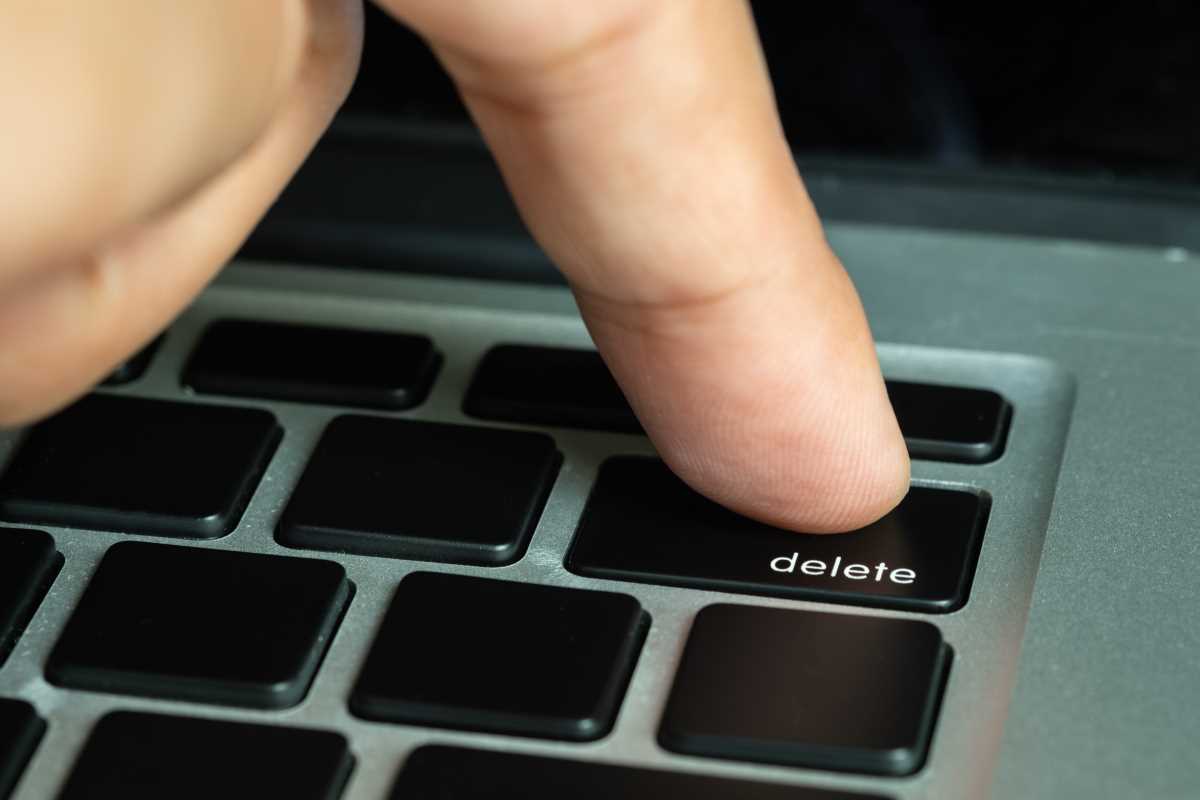A cluttered digital desktop is more than just an eyesore. It can sap your focus, slow down your workflow, and leave you feeling disorganized before the day has even begun. Searching through scattered files, redundant shortcuts, and outdated folders eats up valuable minutes and mental energy that could be directed toward more meaningful tasks. A quick cleanup of your digital workspace can do wonders for efficiency and clarity, turning your desktop into a functional hub rather than a digital junk drawer. With a little organization and the right strategies, speed cleaning your desktop is an easy way to set the tone for a more productive day.
The Psychological and Practical Benefits of a Clean Desktop
Physical and digital environments have a direct impact on cognition. A cluttered desktop serves as a visual distraction, constantly competing for attention and creating mental chaos. Studies in workplace psychology have shown that clutter can increase stress levels and reduce performance. On the other hand, an organized environment fosters mental clarity and focus, allowing you to approach tasks with a calmer, more efficient mindset.
A clean desktop also boosts practicality. Fewer icons and better folder organization lead to quicker access to the tools and documents that matter most. This translates into saved time, fewer frustrations, and smoother transitions between tasks. Additionally, many computers respond better when desktops are tidy. Excess icons and files can slow down system performance, contributing to longer load times and reduced efficiency.
By tackling digital clutter, you create a space that mirrors the habits of a well-organized professional. Not only does this make daily tasks less stressful, but it also helps you feel more in control of your time and workload.
Step-by-Step Guide to Speed Cleaning Your Desktop
Getting started on a desktop cleanup may feel daunting, especially if the current state is chaotic. Breaking the process into clear, manageable steps makes it simpler and faster to achieve a clutter-free workspace.
Start by gauging the extent of your desktop clutter. Scan the desktop for collections of unsorted files, temporary downloads, and redundant shortcuts. Resist the urge to immediately delete or rearrange items until you’ve taken inventory. Understanding the scope of the mess allows for a more strategic and streamlined cleanup process.
Move on to grouping existing files. Temporarily create folders named by broad categories, such as “Work,” “Personal,” or “Archive.” Drag and drop desktop items into their relevant folder to clear the space without losing anything important. Grouping files first helps you see patterns and might even reveal duplicate documents clogging up your view.
Once the desktop is cleared of loose files, decide what ultimately belongs there. Limit the desktop to essentials that need daily quick access, such as one or two prominent folders, project tools, or active resources. This reduces visual clutter and ensures only relevant items occupy space.
Shift all remaining files into organized folders on your hard drive or cloud storage. A good rule of thumb is to create folder hierarchies that mirror how you think about your work. For example, within a “Work” folder, you might create subfolders like “Projects,” “Reports,” or “Invoices.” Consistent folder naming conventions make it easier to find files later.
Clear redundant items such as old shortcuts, unused apps, and temporary files. These can bog down your interface and take up unnecessary storage. Many operating systems have built-in storage optimization tools that make it easy to identify large or outdated files and safely remove them.
Finally, customize your desktop wallpaper and layout to add personality and functionality. A minimalist background reduces distractions and visually complements the newly organized layout, while dragging important icons to consistent positions (like grouping folders on one side) ensures everything is kept in its place.
Tips to Maintain Long-Term Organization
Once your desktop is clutter-free, the challenge becomes keeping it that way. Developing habits and using the right tools can prevent digital messes from creeping back into your workspace over time.
The first habit to master is daily maintenance. Dedicate a few minutes at the end of each workday to sort through anything newly downloaded or saved to the desktop. Move files into their appropriate folders immediately rather than letting them accumulate. These small sessions ensure the next day starts with a clean slate.
Regularly decluttering less-used shortcuts helps eliminate unnecessary visual noise. If an application or file hasn’t been relevant in months, consider whether it truly needs to stay on your desktop. Deleting or moving old items to long-term storage keeps primary workspace areas lean and purposeful.
Invest in automation tools designed to keep you organized effortlessly. Many computers now feature smart folder systems that automatically sort documents by type or category. Examples include grouping all PDFs or downloaded images into predesignated folders without individual input. Cloud synchronization tools like Google Drive or Dropbox further streamline storage by keeping important files accessible without requiring desktop real estate.
Develop a system for naming and tagging files that ensures consistency. For instance, using clear labels like “2023_ProjectName_FinalReport” allows for quick searching while avoiding cryptic or redundant file names. Adding customizable file tags makes advanced searching faster and cuts down on file confusion.
Every few weeks, set aside ten to fifteen minutes for a deeper cleanup. Review folders, archive outdated projects, and ensure nothing unnecessary is making its way back onto the desktop. These routine sessions catch clutter early and prevent larger messes from forming.
Finally, backup your organization system regularly. Tools like external drives or automatic backups ensure that even if something goes wrong with your device, your orderly system can be restored easily. This provides peace of mind that your productivity setup is safe and reliable.
The Ripple Effect of a Tidy Digital Space
Organizing your digital desktop is about more than having a neat computer screen; it’s a powerful productivity tool that influences how the rest of your workday unfolds. A clean workspace sets a mental tone that prioritizes efficiency, clarity, and organization. It reduces decision fatigue by making important tools and files immediately accessible, aligning your environment with productivity goals rather than chaos.
The benefits extend beyond the individual. Teams working in shared digital spaces or project management software experience smoother coordination when each member leverages effective file organization habits. Serviceable organizational skills boost team communication and minimize missteps caused by misplaced or overly cluttered resources.
Desktop cleanup does not need to be an exhaustive, overwhelming chore. With the right strategies, this quick yet effective process can have immediate results, transforming your workspace into an area where productivity flourishes. Whether tackling a major overhaul or committing to simple daily upkeep, the decision to prioritize desktop organization paves the way for a more structured and productive approach to work.







